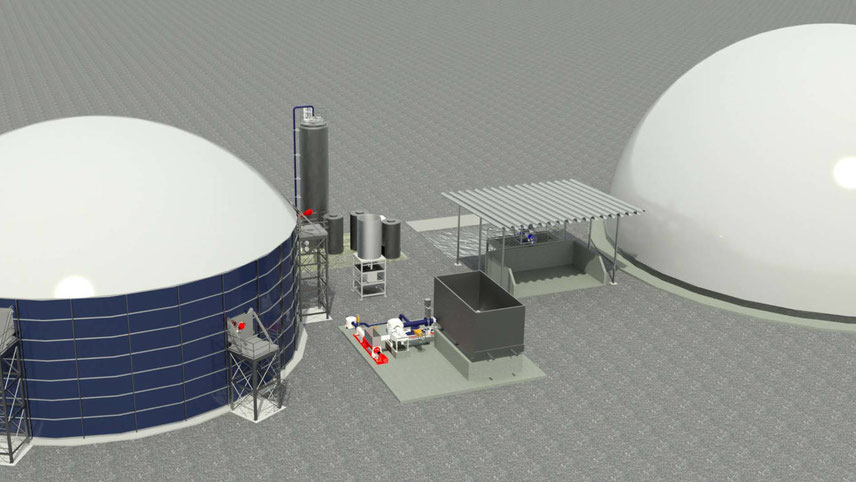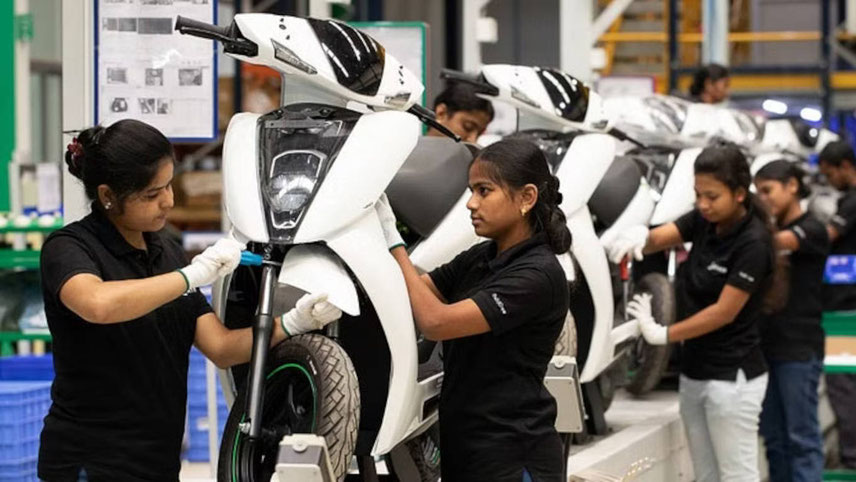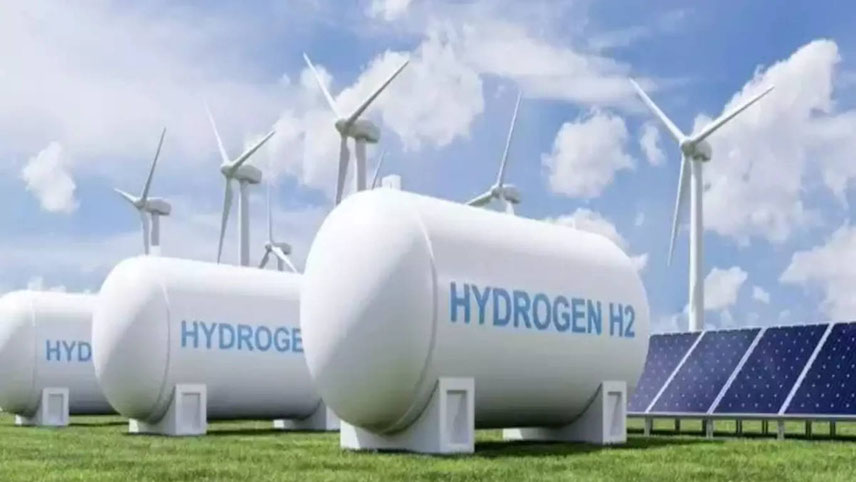-

Smart schools, smart learning: HDFC Bank’s initiatives improve the quality of education
The quality of education in India varies across the country. There are more than 1.5 million schools, 8.5 million teachers and 250 million children, India’s education sector is the second largest in the world after China, informs Unicef. This body of students and teachers hail from diverse socio-economic, cultural, linguistic and regional backgrounds and, so, providing quality and equitable education to all has been one of the biggest challenges for the country. HDFC Bank recognises education as the most significant intervention in the overall economic and social development of society. Therefore, promotion of education has been one of the five focus areas under the bank’s social initiative, ‘Parivartan’. HDFC Bank spent Rs634.91 crore towards CSR in 2020-21, which benefitted over 20.8 million students and 1.97 million+ teachers. Additionally, it has supported 278,000+ schools and built 630+ libraries. Indian education has some unique challenges – like increasing the cost of education, lack of mass quality infrastructure and slow pace of evolution in developing pedagogy. HDFC Bank’s Parivartan has focussed on teacher training, scholarships, career guidance and infrastructure support. Zero-Investment Innovations for Education Initiatives (ZIIEI), a pioneering initiative powered by the ‘Teaching the Teachers’ (3T) programme has revamped the education system in India by encouraging teachers working at the grassroots, to constantly innovate and rebuild the pedagogy. The mass outreach programme has been a first in the country that facilitated creativity and innovation from the remotest locations with the principles of zero-investment and equity. Highlights of ZIIEI (September 2021) include orientation of 1.97+ million teachers; submission of 1.19+ million ideas; and 258,000+ ideas of schools implemented, covering 26 states and five Union Territories. The best of the ideas from around the country were selected after detailed evaluation and compiled into an innovation handbook (state-wise) named Navachar Pustika. The book was distributed to several schools in the state for ground level implementation, thus, improving the learning methods for students. HDFC Bank endeavours to convert/develop 2,500 traditional government schools into Smart Schools by 2025, as part of its contribution towards improving the quality of education and learning experience in India. The objective of a Smart School is to bring the learning experience in government schools on a par with those in the urban locations with adequate resources and technology. Smart teaching-learning methods The bank has entered into alliances with expert organisations to create and distribute high-quality learning resources available in regional languages to equip students with better foundational understanding of mathematics and improve their learning outcomes. These interventions aim to integrate smart teaching learning methods, localisation of math content and teacher training to integrate self-paced learning and student learning level improvement.
-
HDFC Bank endeavours to convert/develop 2,500 traditional government schools into Smart Schools by 2025, as part of its contribution towards improving the quality of education and learning experience in India
The bank, annually awards an Educational Crisis Support Scholarship (ECSS) to meritorious students from the underprivileged background. With the pandemic wrecking havoc, the bank has proactively intervened to rescue students on the verge of dropping out and launched an additional scholarship programme called Covid Crisis Support Scholarship. Under the annual ECSS, the bank is supporting 3,000 students.
While the Covid Crisis Support Scholarship is extending support to nearly 3,200 students. Further, the bank is planning to extend the Covid crisis scholarship to an additional 900, taking the tally of overall scholarship support to over 7,100 students. The one-time scholarship ranges from Rs15,000 to Rs75,000 to help students at the time of personal crisis and avoid dropping out.
One of the basic criteria for students to qualify is to have an annual family income less than Rs6 lakh per annum. Additionally, they should be pursuing studies in Indian boards and universities. The scholarship programme is managed by Buddy4Study India Foundation which hosts one of the largest scholarship platforms in India.
The bank runs Foundational Literacy and Numeracy (FLN) programmes in five states – Assam, Punjab, Telangana, Odisha and Tamil Nadu – with the help of Central Square Foundation. Both partners closely support state governments in implementing FLN programmes, borrowing heavily from the guidelines suggested by the Ministry of Education, while launching NIPUN Bharat – the national mission on FLN. The programmes address the learning gap at a crucial juncture during the pandemic.
The project focuses on achieving improved student learning outcomes through multiple pathways including goal-setting, teacher capacity building, and development of teaching. This is expected to play a significant role in ensuring that all children attain foundational skills by Grade 3 which will make teaching more inclusive and meaningful for children as they progress to higher grades.
Biogas
BioEnergy will showcase its innovative biogas technology in India
Mobility
Ather aims to produce 20,000 units every month, soon
Green Hydrogen
German Development Agency, GIZ is working on a roadmap for a green hydrogen cluster in Kochi
Renewable Energy
AGEL set to play a big role in India’s carbon neutrality target



















